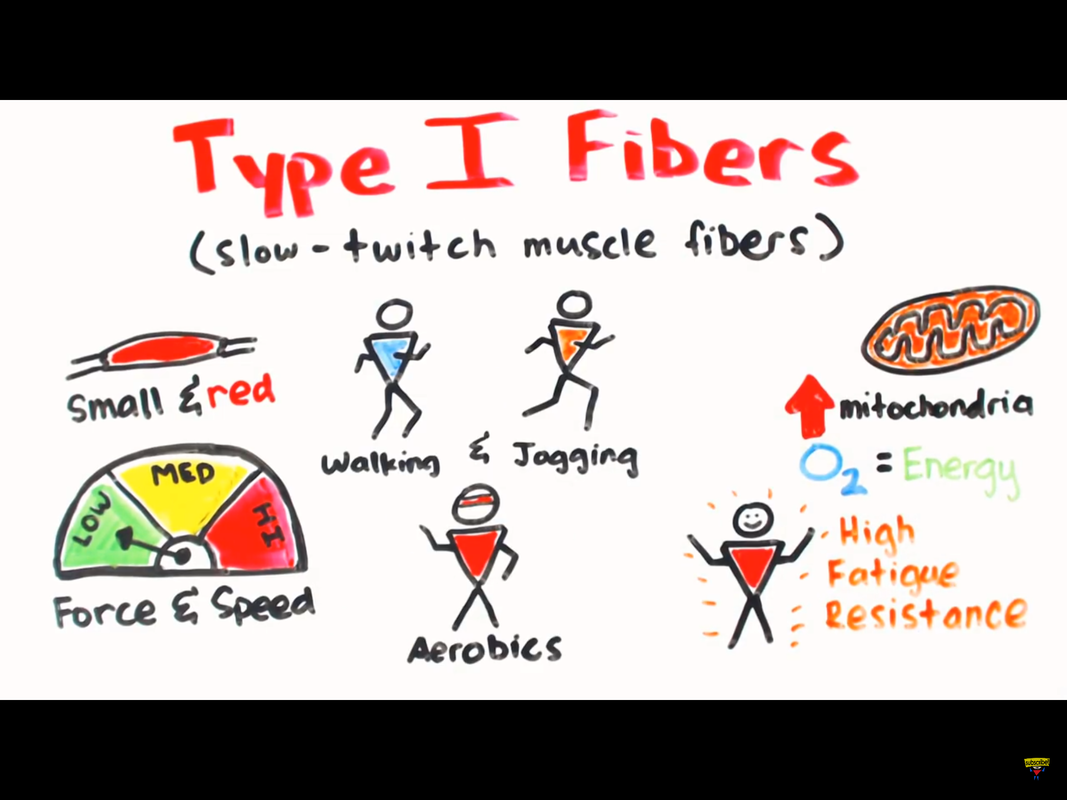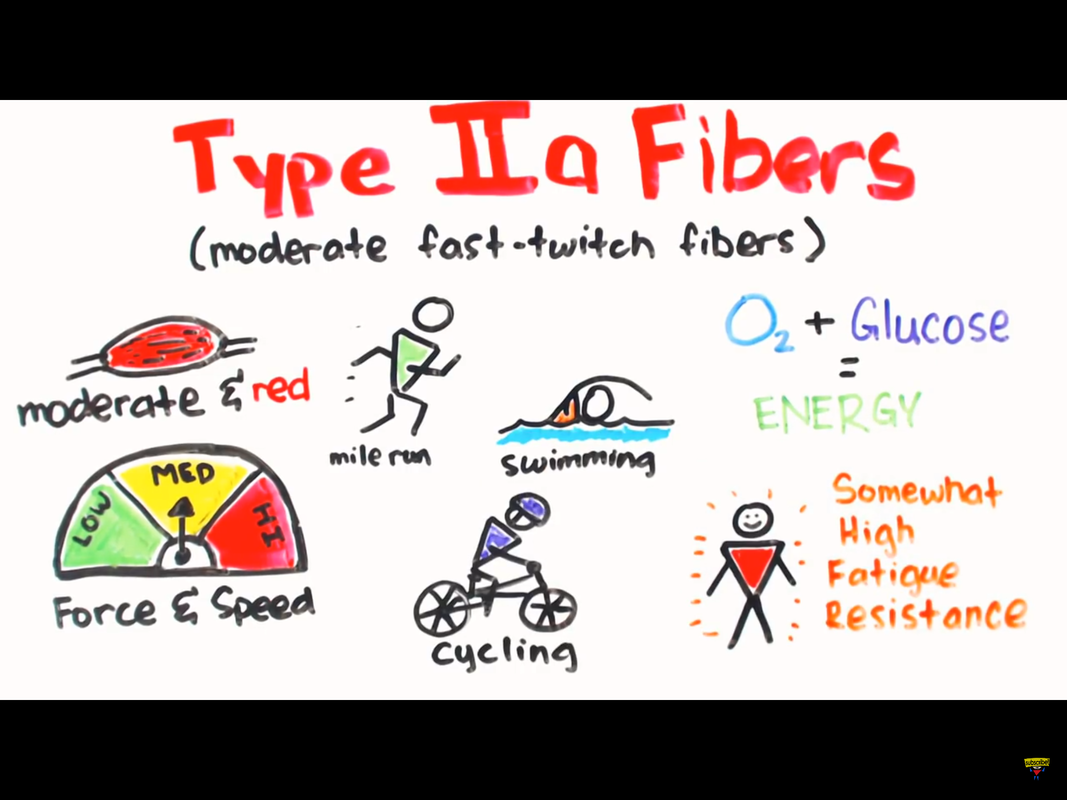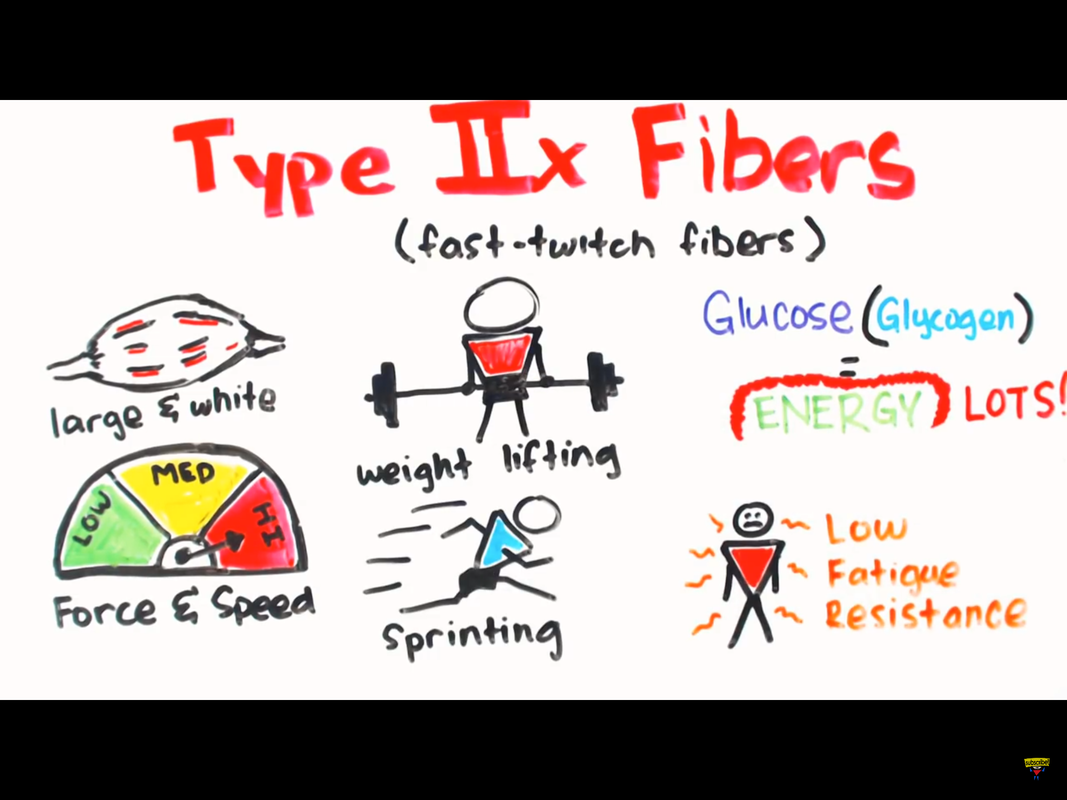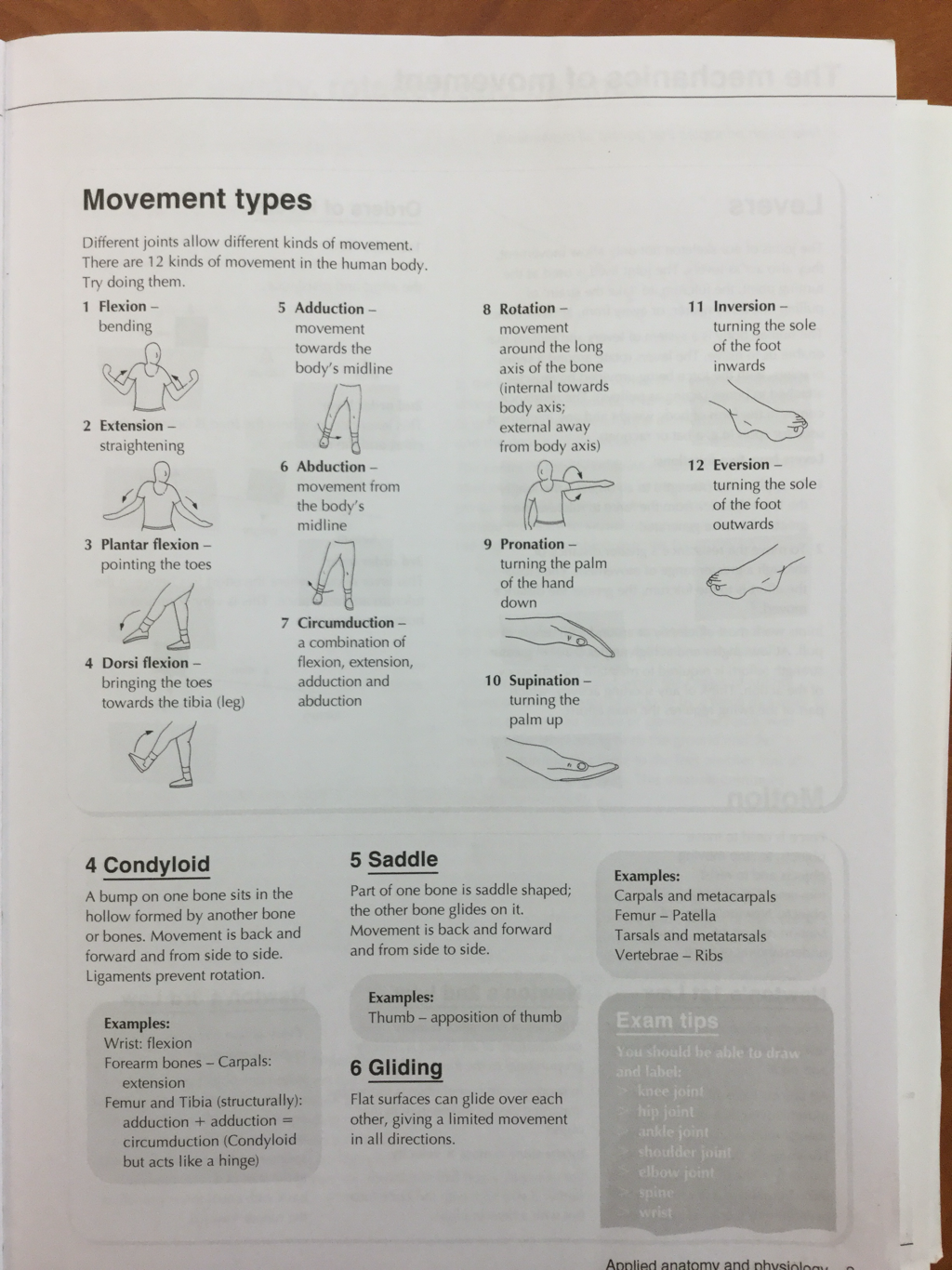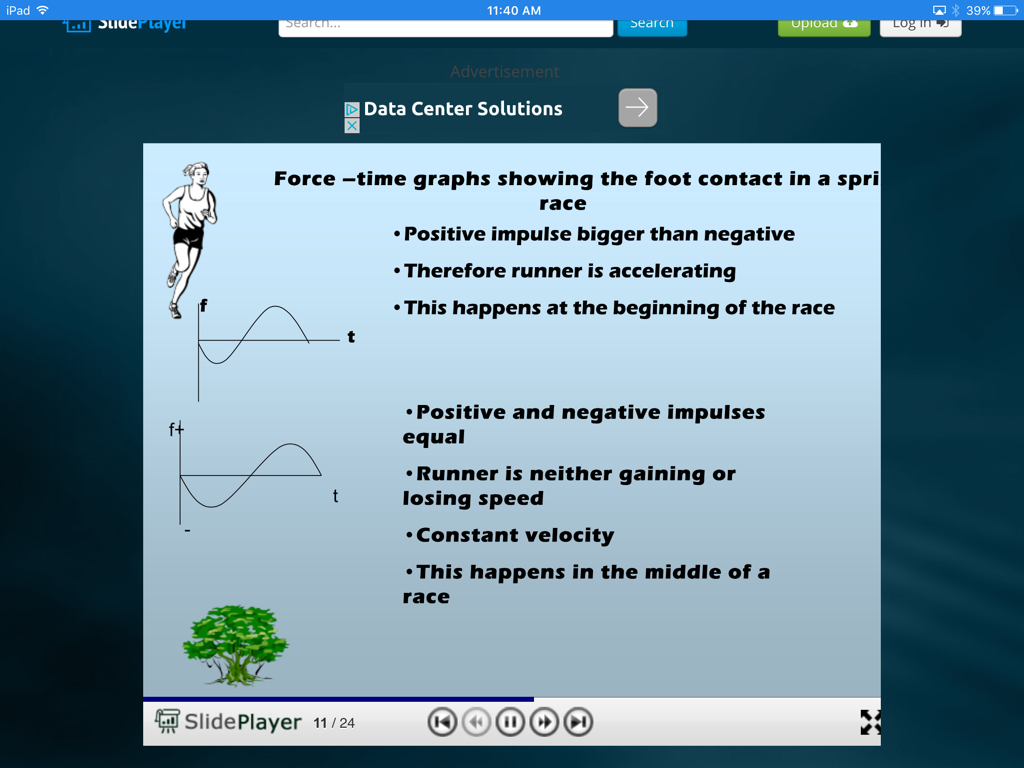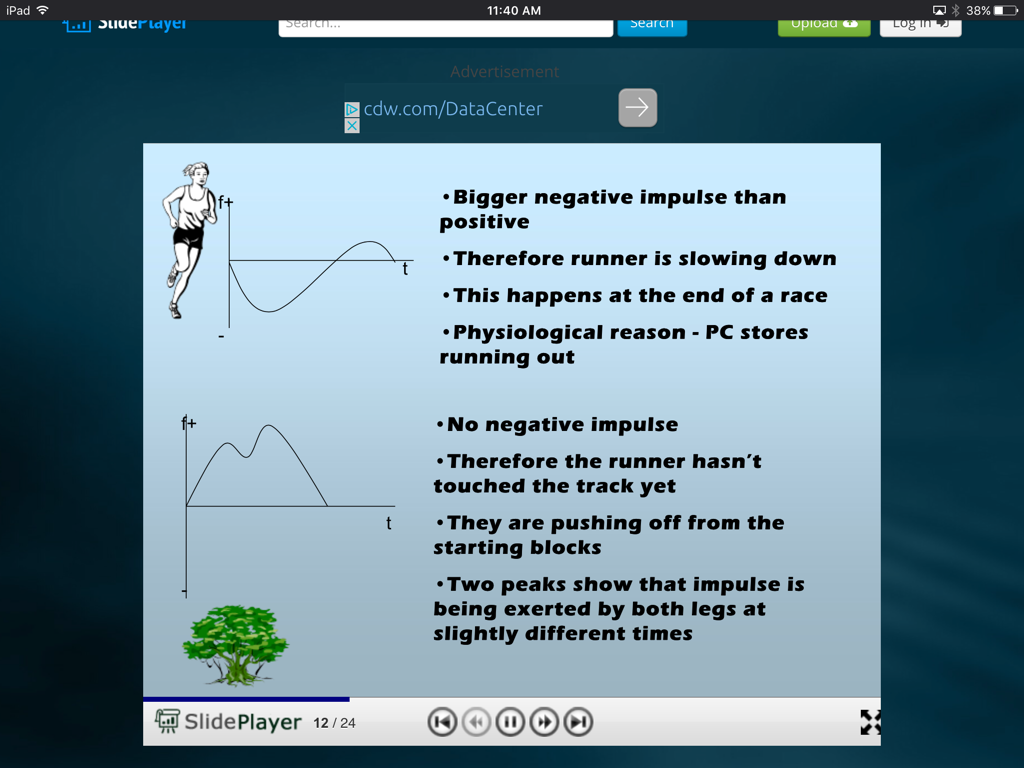4.1 - Neuromuscular Function
|
4.1 Support
Motor units and Neurons - read more. http://www.teachpe.com/anatomy/nerves.php
4.1 Files
|
Why do we learn about neurotransmitters and muscle contraction?
- Alzhiemer's and Acetylcholine - "Doctors are now willfully poisoning acetylcholinesterase in an attempt to reverse the symptoms of Alzheimer's disease. People with Alzheimer's disease lose many nerve cells as the disease progresses. By taking a drug that partially blocks acetylcholinesterase, the levels of the neurotransmitter can be raised, strengthening the nerve signals that remain." - http://pdb101.rcsb.org/motm/54 - Botox and Acetylcholine - http://dermatology.about.com/od/cosmeticprocedure/a/botox.htm_ | ||||||
4.1.1 - 4.1.2 Motor units and Neurotransmitters
4.1.1 Label a diagram of a motor unit
4.1.2 Explain the role of neurotransmitters in stimulating skeletal muscle contraction.
4.1.2 Explain the role of neurotransmitters in stimulating skeletal muscle contraction.
4.1.3 Sliding Filament Theory
4.1.3 Explain how skeletal muscle contracts by the sliding filament theory.
|
|
4.1.4 Muscle Fiber Types
4.1.4 Explain how slow and fast twitch fiber types differ in structure and function.
|
|
|
4.2 Joint and Movement Type
|
4.2 Support
Planes of Motion - Visit the American Council on Exercise (ACE) to learn more
Planes and Anatomy Basics - The website teachpe.com supports the UK version of SEHS and the IB (great stuff) 4.2 Files |
4.2.1 - Movement at Synovial Joints
4.2.1 - Outline the types of movement of synovial joints.
|
4.2.1 - Quizlet on Joint Actions - see what you can identify
|
4.2.2 - Contraction Types
4.2.2 - Outline the types of muscle contraction.
|
|
|
4.2.3. - Reciprocal Inhibition
4.2.4 - 4.2.5 - Analyze Movements and DOMS
4.2.4 - Analyze movements in relation to joint action and muscle contraction.
4.2.5 - Explain delayed onset muscle soreness (DOMS) in relation to eccentric and concentric muscle contractions.
4.2.5 - Explain delayed onset muscle soreness (DOMS) in relation to eccentric and concentric muscle contractions.
|
Read about Lactic Acid! http://www.brianmac.co.uk/lactic.htm_ This is a longer read with biological processes included! Excellent read about who is the real MVP in the lactic acid debate. http://www.details.com/story/lactic-acid-workout Article from the American Sports College of Medicine on DOMS - check it out! https://www.acsm.org/docs/brochures/delayed-onset-muscle-soreness-(doms).pdfTopic 4.2.3 - 4.2.5 PREZI - Check out another presentation of the material covered in these assessment statements! |
|
4.3 Joint and Movement Type
Web Links - 4.3 Biomechanics
NEED TO UPDATE
|
|
|
Analyzing Graphs - this is a UK site tied to their version of the SEHS class :)
Newtons Laws explained
|
|
|
|
|
